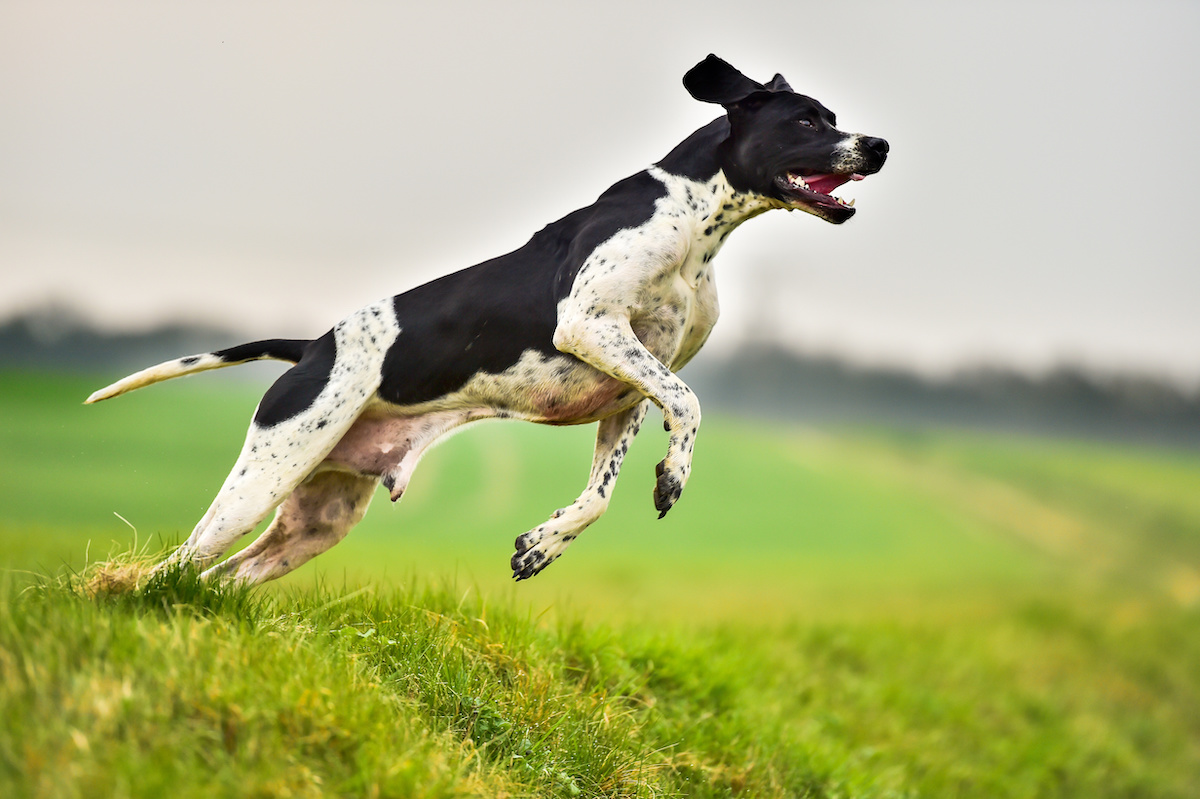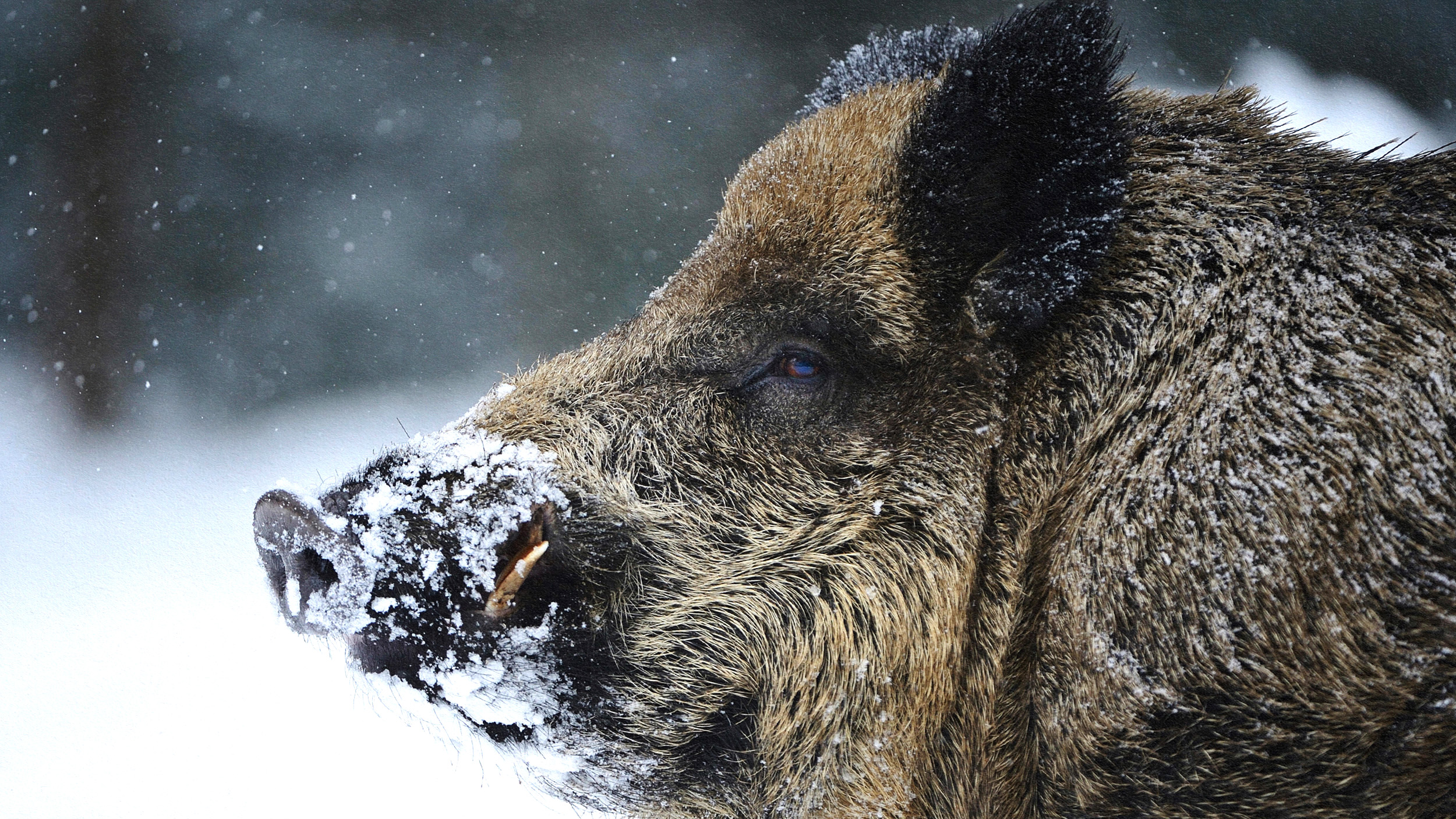Hunting dogs bark differently depending on the animals they see

- A new study recorded how certain dogs barked upon seeing certain wild animals from a safe distance.
- The largest animal seen, a wild boar, elicited from the dogs a longer and lower bark than any other animal.
- The dogs responded to a small but potentially dangerous fox with barks similar to those elicited by rabbits and birds.
Humans and dogs have worked together to hunt prey for as long as 20,000 years. From hounds’ capacity to trail the scent of animals to pointers’ instinct to aim their muzzle at prey, dogs have specialized abilities that have been cultivated over millennia through selective breeding. One is barking. Compared to the wolves they evolved from, dogs bark more often and in certain contexts.
Some breeds of dog were even bred to bark more often for the sake of communication. Hunters have even reported that their dogs could tell what prey was nearby based on how their dogs barked. But despite how much time and energy humans have spent on working with and trying to understand dogs, no serious study has ever attempted to understand whether dogs are really barking with context-dependent intention.
A new study published in Nature Scientific Reports shows that, at least for two kinds of hunting dogs, certain barks are reserved for when certain other animals are about. Top that, Koko.
Examining dog barks
For the study, two sorts of dog — dachshunds and a collection of terriers — were exposed to one of four different kinds of animal: wild boar, red fox, rabbit, or fowl. The breeds were selected, in part, due to the laws of the Czech republic, which allow hunters to use only certain breeds for certain kinds of hunting. (Dachshunds, by the way, were bred to hunt badgers and terriers to hunt vermin.)
The researchers analyzed about 2,000 dog barks for duration and frequency. While the barks produced by the dogs at the sight of the various animals differed, there was a substantial difference between the sound they made upon seeing the three smaller animals and the wild boar. Upon seeing the boar, they made a longer bark with a lower frequency.
Sizing up threats
The authors speculated that the barks reflect the size of the apparent threat posed by the animal. Each animal — boar, fox, and smaller species — triggered distinct barks, suggesting the dogs were emitting an emotional reaction rather than something particular about the animal. The researchers wrote:
“In our case, it seems that the variability of barking, which depends on the species of animal the dog encounters, is an expression of a dog’s inner state rather than functionally reference information. In addition, the expression of the inner state in barking appears to depend on the size of the potential threat. Barking in the case of a great threat (wild boar) is more specific than barking in the case of a smaller threat (red fox) or no threat (rabbit, fowl). This phenomenon could then indicate an innate ability, as it has been reported in the case of naive dogs, without previous experience with wild boar.”
The incredible ability of dogs to communicate with humans is well known, and now it is understood a little better. Now, if only I could figure out what the neighbor’s dog’s bark means when I walk past his yard and he loses his mind.





